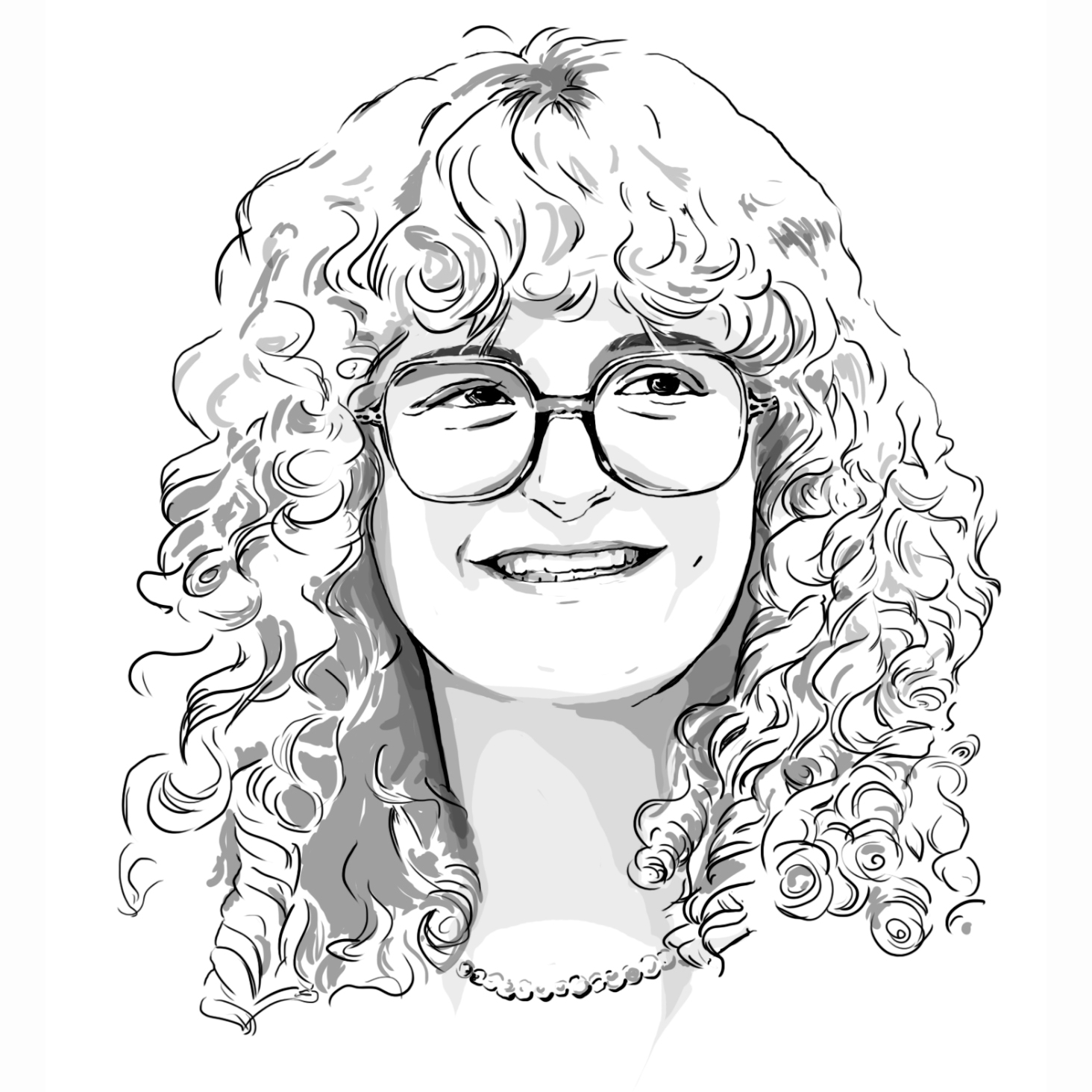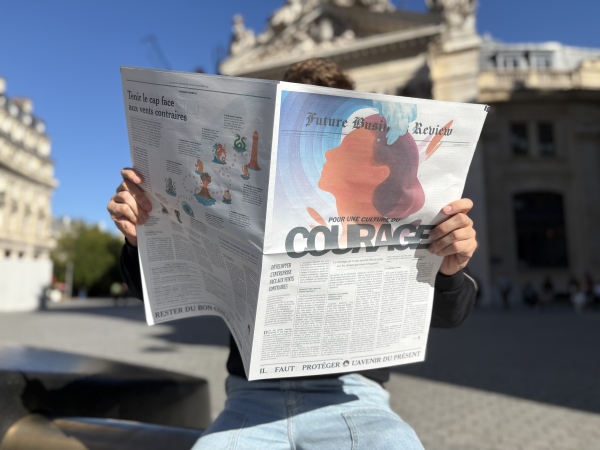Staying the course on corporate strategy is a major challenge these days. It involves constant readjustments to comply with regulations, changes in direction according to market fluctuations, geopolitical instability, the polarization of opinions, and the difficulty of satisfying everyone (customers, investors, employees, stakeholders). Because instability creates contradictory demands, people within the company are not always aligned on the challenges they face, and sources of frustration multiply.
The Meeting of Divergent Interests Can Create "Productive Friction"
Anthropologist Anna Tsing theorizes the concept of "friction" by observing the development of globalized capitalism from the center to the peripheries in southern Indonesia. She defines friction as the encounter between supposedly homogeneous "universal principles" and a heterogeneous local reality.
In the forests of Kalimantan, market fluctuations disrupt traditional balances to transform natural resources into commodities. But internal misalignments can be a force for change: friction is fertile. "Heterogeneous and unequal encounters can lead to new arrangements of culture and power" (Tsing et al. 2020, 32). When cooperation and the alignment of interests are the stated goals, this friction brings creativity, and even innovation.
Friction Is the Starting Point for Driving Change
If we transpose the notion of friction to the corporate world, there are "universal principles" contained within a strategy that define the trajectory and organize action. They form a vision for the internal microcosm—a way of understanding the world, in a sense. But the corporate approach is often "top-down"; strategies are mostly decided by a handful of people at the highest level (Gotsch et al. 2023; Philippe Naccache et al. 2017). It sets a direction, but it remains distant from employees and their real-world challenges, offering only a broad-stroke response (Marilyn Harris 2018). This can create disagreement, or even internal misalignment, creating friction (this is where difficulties in strategy implementation come from).
If this "friction" is ignored, it can lead to the failure of the strategy's execution and/or the tactics meant to adapt it to local challenges. If it is welcomed, it can generate new arrangements and be a fertile ground for innovation and creativity. Recognizing this friction is the starting point for driving change.
How to Turn Friction into a Corporate Asset
Revisiting Tsing's concept, this "friction" can lead highly engaged employees to take on the role of intrapreneurs and launch initiatives that benefit the company.
For example, within Renault Group, employees deeply concerned about the company's ecological and social transition launched the ZEN (Zero Emissions Now) challenge-project on their own initiative. The company already has a climate plan focused on decarbonization and has invested heavily in its electric vehicle offerings. However, ZEN's ambition is to go further: to see ecology not as a pragmatic compromise that constrains and slows down, but as a source of market opportunities and disruptive innovations that are both robust and desirable.
By accepting, or even encouraging, friction, companies can harness this creative force for good. Leaders should not seek to systematically eliminate friction, but rather to make space for it, especially when it comes from engaged employees. In a complex world, it's not possible for management to do everything alone. Having employees challenge the status quo and propose other possible paths can be a great asset when you know how to support these internal conversation processes. By striving not to eliminate friction, companies give themselves the opportunity to effectively broaden the realm of what's possible.





